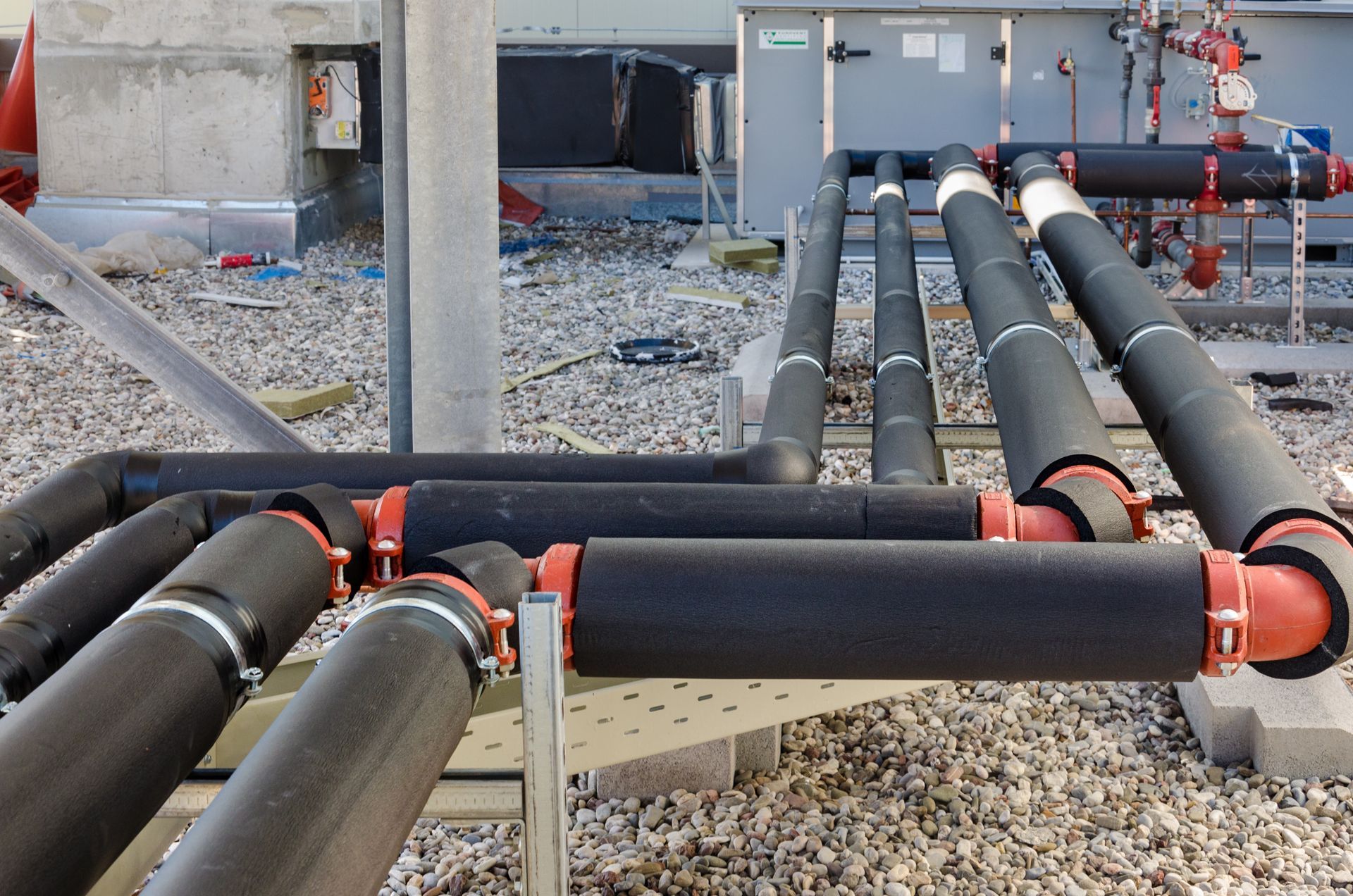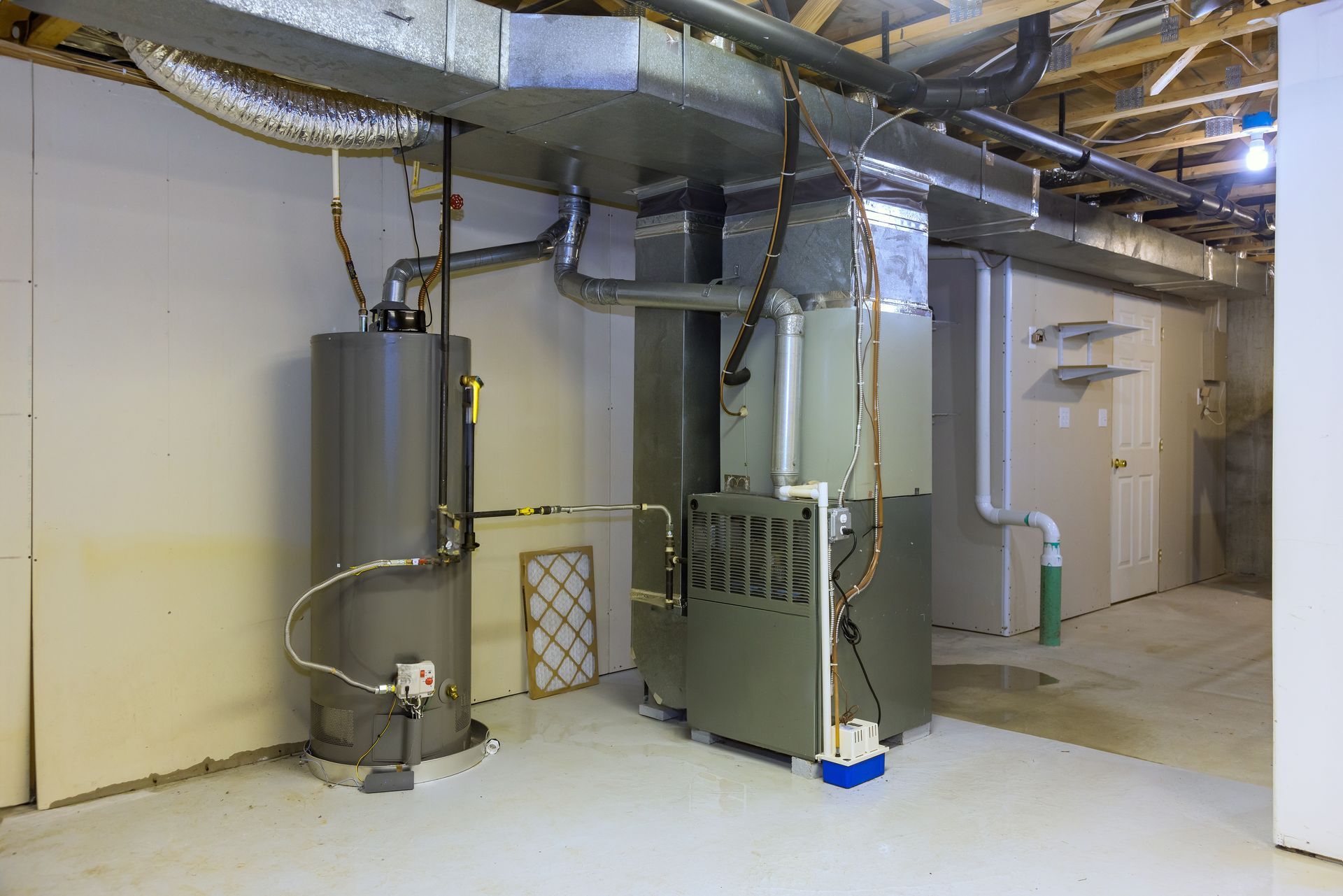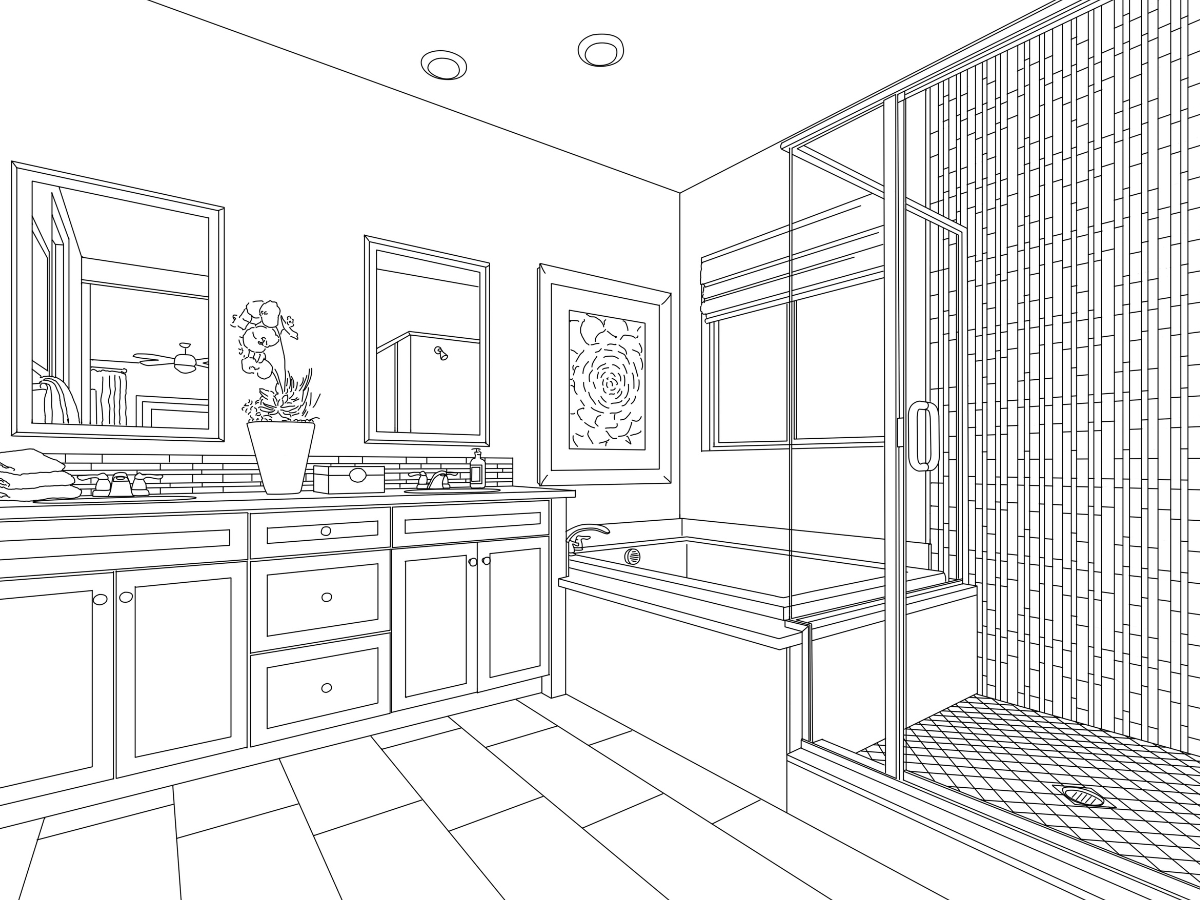Have you ever experienced the frustration of a toilet that keeps running after you’ve flushed it? Not only is this annoying, but it can also be a sign of an underlying plumbing issue that can waste water and increase your utility bills. In this blog, we’ll dive into the common reasons why your toilet might keep running and what you can do to fix it. Understanding the cause can help you save water and avoid costly repairs in the future.

1. Faulty Flapper Valve
One of the most common reasons a toilet continues to run is a faulty flapper valve. The flapper is a rubber valve located at the bottom of the toilet tank that seals the opening to the toilet bowl. After you flush, the flapper opens to release water into the bowl, then closes to stop the flow of water. If the flapper valve doesn’t seal properly, water continuously leaks from the tank into the bowl, causing the toilet to run.
- How to Check the Flapper: To check if the flapper is the issue, open the toilet tank and gently lift the flapper. If water continues to drain out when it’s closed, the flapper may be worn out or damaged and needs to be replaced.
2. Chain Issues
The chain that connects the flapper valve to the flush handle may also cause problems. If the chain is too loose or too tight, it can prevent the flapper valve from closing completely, leading to a running toilet.
- Adjusting the Chain: If the chain is too tight, it may pull the flapper up too high, allowing water to continue flowing. If the chain is too loose, it won’t lift the flapper fully, preventing it from sealing properly. Adjusting the chain length can help solve this problem and stop your toilet from running.
3. A Sticking Fill Valve
The fill valve (also known as the ballcock) is responsible for refilling the toilet tank after each flush. If the fill valve is malfunctioning, it may continue to add water into the tank even after it’s full, causing the toilet to run. This issue can be caused by:
- Dirt or Sediment: Over time, dirt and sediment can build up inside the fill valve, causing it to malfunction. Flushing debris out by removing and cleaning the valve can resolve the issue.
- Worn Out Parts: If cleaning the fill valve doesn’t work, the internal components may be worn out, requiring a fill valve replacement.
4. Incorrect Water Level
The water level in your toilet tank is another factor that could be causing your toilet to run. If the water level is set too high, it may spill into the overflow tube, causing the toilet to run continuously. This issue is often caused by an incorrect adjustment of the float or fill valve.
- How to Adjust the Water Level: To adjust the water level, locate the float arm or ball in your toilet tank and adjust it until the water level is about an inch below the top of the overflow tube. This adjustment ensures that water doesn’t spill into the overflow tube, preventing the toilet from running.
5. Old or Worn Out Toilet Parts
If your toilet is old or the parts have been used for many years, wear and tear may be the root cause of the issue. Over time, the rubber seals, gaskets, and other components inside the tank can deteriorate, leading to continuous water flow and a running toilet.
- Replacing Old Parts: If your toilet parts are old and worn, it’s a good idea to replace them with new ones. Toilet repair kits are available and can help you replace components like the flapper valve, fill valve, and float arm.
6. Malfunctioning Overflow Tube
The overflow tube is designed to prevent the toilet tank from overflowing. If this tube becomes damaged or misaligned, it could cause continuous water flow into the toilet bowl.
- Checking the Overflow Tube: If you notice that water is consistently flowing into the overflow tube, it may need to be adjusted or replaced. Make sure the tube is properly aligned and that no cracks or damage are present.
How to Fix a Running Toilet
Here are some steps you can take to fix your running toilet:
- Turn Off the Water Supply: Before making any repairs, turn off the water supply to the toilet by closing the valve behind the toilet.
- Inspect the Components: Open the tank and inspect the flapper valve, chain, fill valve, and overflow tube. Look for any obvious damage or wear.
- Replace Damaged Parts: If you identify any worn-out or damaged components, replace them with new ones. Toilet repair kits are available at most hardware stores and can help with basic repairs.
- Test the Toilet: After making adjustments or repairs, turn the water supply back on and test the toilet to ensure it’s functioning properly. The water should stop running once the tank is full.
When to Call a Professional
If you’ve tried to troubleshoot the issue and your toilet continues to run, it may be time to call in a professional plumber. At Edwards Plumbing, we specialize in toilet repairs and can help you fix any plumbing issues in your home. Our team can quickly diagnose the problem and offer affordable solutions to get your toilet running efficiently again.
Conclusion
A toilet that keeps running is a common issue that can be caused by a variety of factors, from faulty flappers to clogged fill valves. By identifying the root cause of the problem and making the necessary repairs, you can stop the water waste and restore your toilet’s functionality. If you’re unsure or need professional help, don’t hesitate to contact Edwards Plumbing for expert toilet repair services.
Share this blog!












